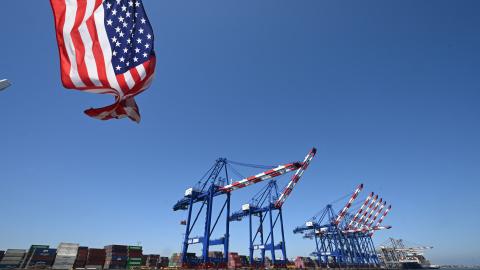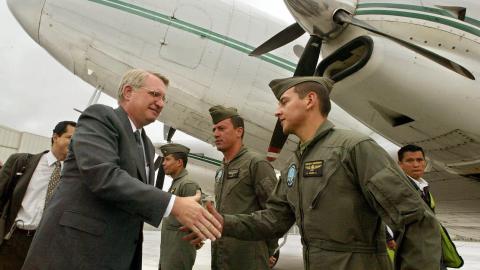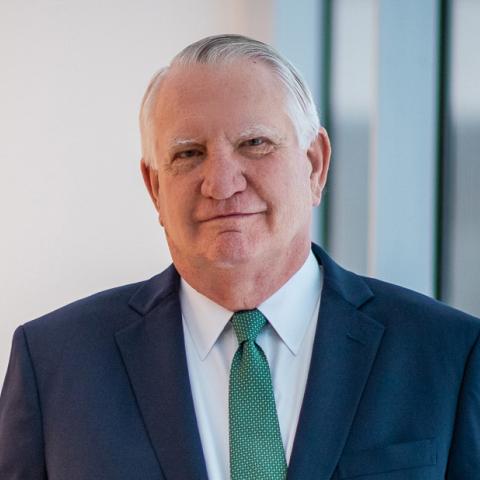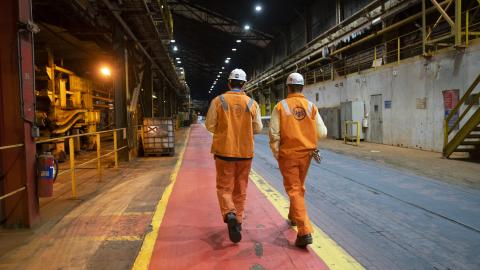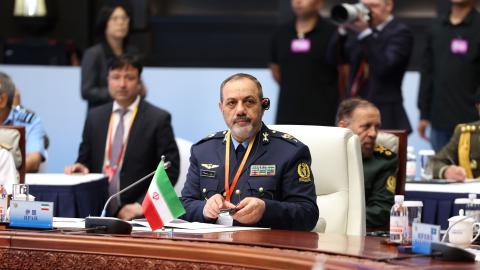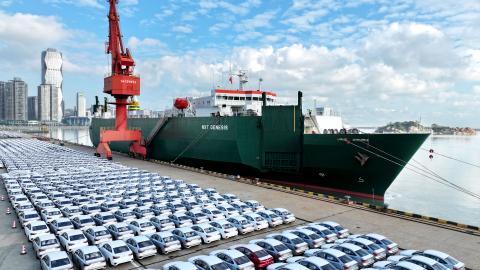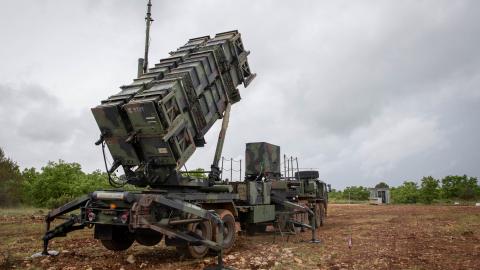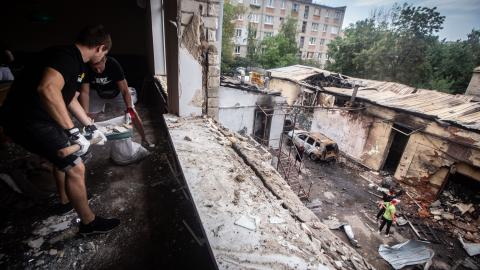Executive Summary
- Moscow-Pyongyang cooperation: Ukrainian intelligence detected a contingent of up to 30,000 North Korean troops in Russia, potentially waiting to deploy to Ukraine.
- Ukraine targets critical logistics: Ukraine struck Russian railways in the Rostov region, threatening the Kremlin’s most important logistics network.
- Russia’s air war: Russian air strikes hit Ukrainian civilians at a relief center in Kharkiv, killing six and injuring three.
- Battlefield assessment: Russia continued to make tactical gains as Ukraine suffers from a manpower shortage.
1. Ukraine Reportedly Detects a Massive North Korean Contingent in Russia
Ukrainian intelligence sources claim to have detected a corps-sized contingent of up to 30,000 North Korean troops in Russia. This force’s presence could presage the next phase of Pyongyang’s involvement in the war, as the troops will likely deploy for combat operations in occupied Ukrainian territory.
Previous editions of this report assessed that North Korean forces are likely to deploy in the Sumy region of Ukraine. In Sumy, Pyongyang’s troops could capitalize on the momentum and combat experience they gained in the counteroffensive push that ousted Ukrainian fighters from the neighboring Russian region of Kursk.
In addition to manpower, North Korea continues to pour materiel into Russian arsenals. South Korea’s intelligence service calculates that Pyongyang has transferred at least 12 million 152mm-class principal artillery rounds to the Russian military—more than 10 times what the nations of the North Atlantic Treaty Organization (NATO) produce in a year.
Despite losing a brigade’s worth of troops in the Kursk counteroffensive, North Korea maintains the combat-ready manpower and defense industrial capabilities to continue to support Russia’s invasion. According to the United States Defense Intelligence Agency, North Korea boasts over 200,000 special forces personnel, centered around the 11th Corps. This corps has been the primary driver of Pyongyang’s efforts in the Russia-Ukraine War and operates under a doctrinal order of battle focused on opening a second strategic front in a conflict. Although North Korea lacks the technological prowess of its Western opponents, its defense industrial base is prolific. Some Russian combat formations have received their entire supply of artillery rounds from North Korea.
Following Russia’s intense air strikes on Ukrainian cities on July 29, President Donald Trump threatened to impose tariffs on Moscow within 10 days if the Kremlin did not agree to halt its invasion campaign. If Russian President Vladimir Putin decides to ignore this warning, a contingent of North Korean fighters stands at the ready.
2. Battlefield Assessment
Russian forces made tactical gains in the Lyman, Novopavlivka, and Kostiantynivka sectors and increased their operational tempo in the long-embattled Pokrovsk sector. Showcasing the severity of Ukraine’s manpower shortage, Ukrainian President Volodymyr Zelenskyy signed a law allowing citizens over the age of 60 to join the military.
Ukraine targeted Russian railways and trains in the Rostov region. Railways are the Kremlin’s primary means of supplying frontline combat formations. Unlike many other units of the country’s military, the Russian Railway Troops have performed well, maintaining stable command structures through significant leadership reshuffles. Ukraine’s recent attacks have not drastically disrupted Russia’s logistics network. But by persistently targeting Moscow’s most important supply infrastructure, Kyiv could achieve a tactical advantage in the coming weeks.
For its part, Russia continued to hit Ukraine from the skies, launching massive Shahed drone salvos alongside missile strikes. Worryingly, civilians captured footage of a Russian drone over Vilnius, the capital of NATO member Lithuania.
The death toll from Russia’s long-range strikes continues to rise. On July 29 the Russian military launched rockets at Ukrainian civilians waiting to receive humanitarian aid in Kharkiv Oblast. The attack killed six and injured three in the village of Novoplatonivka, near Ukraine’s northeastern border with Russia.
Finally, first-person-view (FPV) drone operators on both sides continued to penetrate protective structures over trench networks, a critical development in FPV drones’ concept of employment (CONEMP). This report will continue to assess this emerging trend’s impact on long-static trench warfare dynamics.
